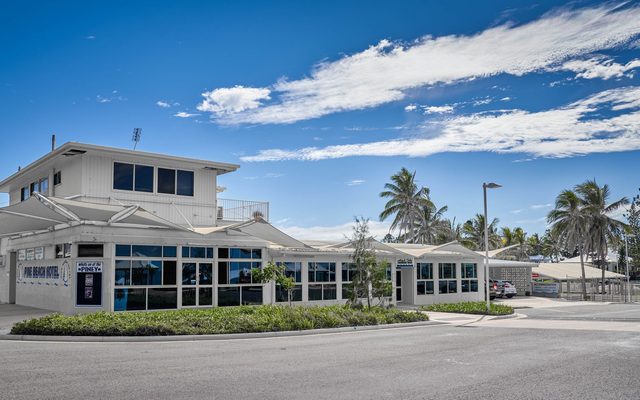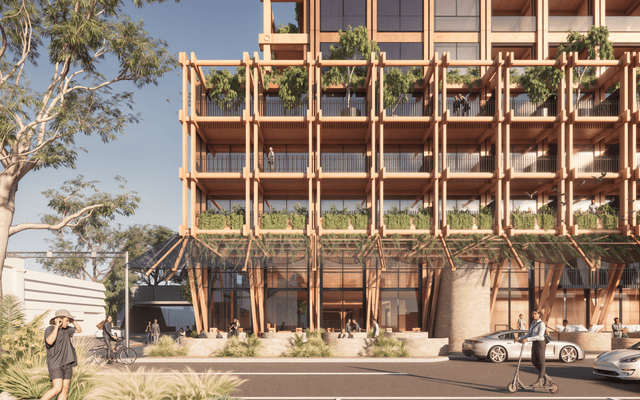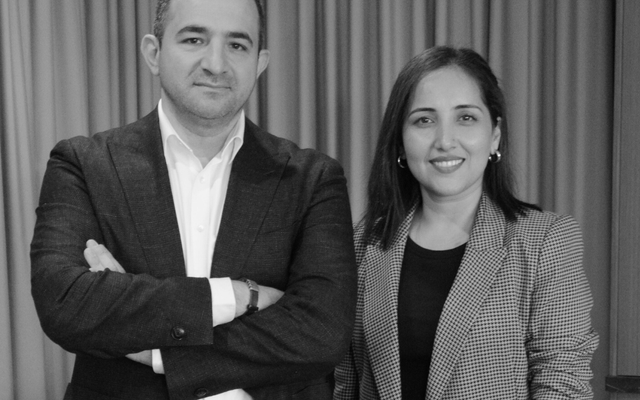This article is from the Australian Property Journal archive
HOME buyers across Australia paid more than $21 billion in stamp duty to state governments over the 2017/18 financial year, a figure that is expected to grow to beyond $23 billion in the coming years.
HIA’s Stamp Duty Watch report showed that revenue from stamp duty across the states and territories has doubled over the past eight years.
“This has added considerably to the cost of buying a home and represents a real setback for affordability,” HIA senior economist, Shane Garrett said.
Total stamp duty revenue across Australia totalled $21.3 billion in 2017/18. While that will come down to $20.8 billion this year, it will jump up to $22.0 billion in 2019/20, and continue to climb to $23.0 billion and then $23.1 billion in the following financial years.
The cooling housing market in Sydney has wiped $1 billion from the New South Wales government’s coffers, and its recent budget papers revealed that stamp duty revenue will fall by 10.9% to $5.6 billion in 2018/19, before growth of 2.4% per year until 2021/22.
“State governments are more dependent on stamp duty than at any time in the last decade. Stamp duty is notoriously unstable and Australia’s largest states are heavily exposed to any downturn in duty receipts should economic conditions change,” Garrett said. “Housing affordability and the sustainability of government finances would both be winners if stamp duty was replaced by better revenue-raising designs. Australian governments really need to tackle this issue once and for all.”
Stamp duty concessions introduced since early last year, including NSW in Victoria, will remain in place for first home buyers despite the retreat of investors and increase in first home buyers in the residential markets.
Meanwhile, the Urban Taskforce Australia yesterday criticised the NSW Labor opposition’s announcement that they would mandate housing affordability targets between 15% and 25% on private land, saying this would make many housing projects unviable.
“A heavy handed policy that simply adds an excessive tax to housing supply will mean many housing projects do not proceed,” Urban Taskforce chief executive officer, Chris Johnson said.
“The current housing supply market is slowing down through restrictions on lending from banks and from the uncertain climate of potential levies from councils.
“To add another tax of 15% to 25% to a market that is slowing down will have a very negative impact on the number of new homes that will be built in future years. The NSW government is removing the cap on local infrastructure levies that could add around $40,000 to the cost of an average home. On top of this, councils like the City of Parramatta are proposing to apply excessive value capture taxes on all development,” Johnson said.
Earlier this year, the Reserve Bank released research that suggested zoning regulations in Sydney had $489,000 to the cost of an average house and around $400,000 to the cost of an average apartment.
“The clear message from the RBA research is that interference in the market place by government and council regulations will increase the cost of housing,” Johnson said. “The banks will not fund the 15% to 25 % proportion that Labor wants to give away and developers will find it very difficult to make a project viable without some incentive.”
Australian Property Journal




